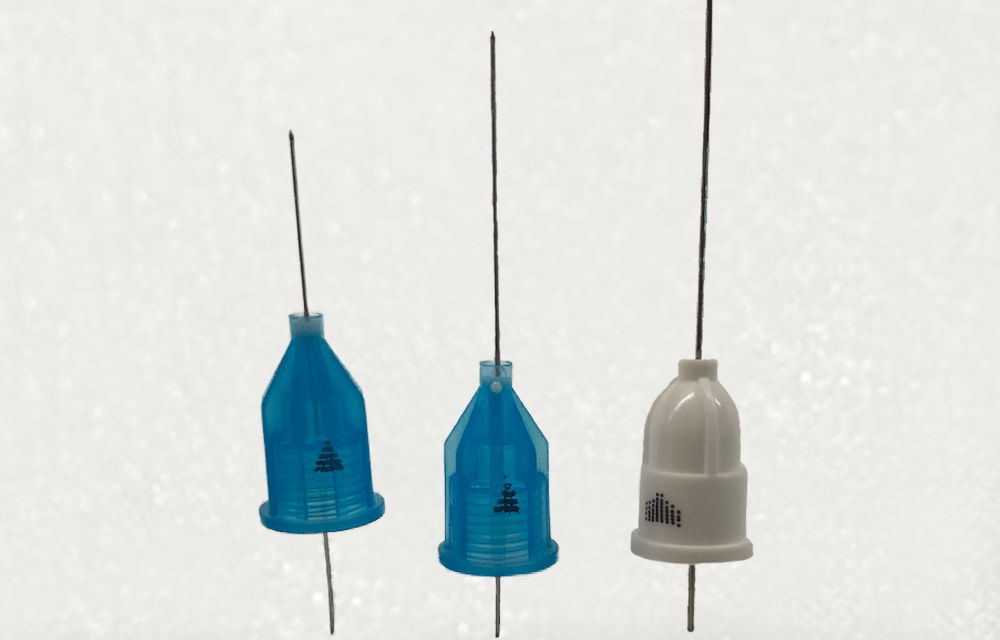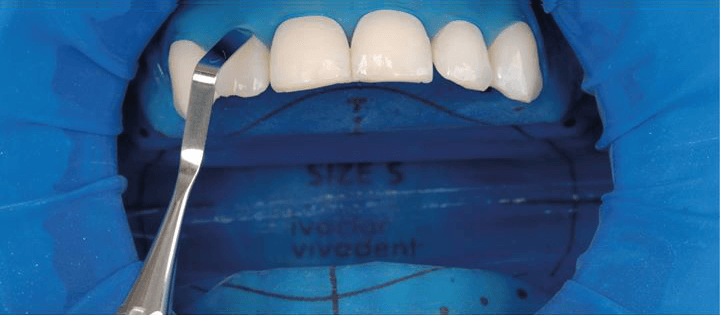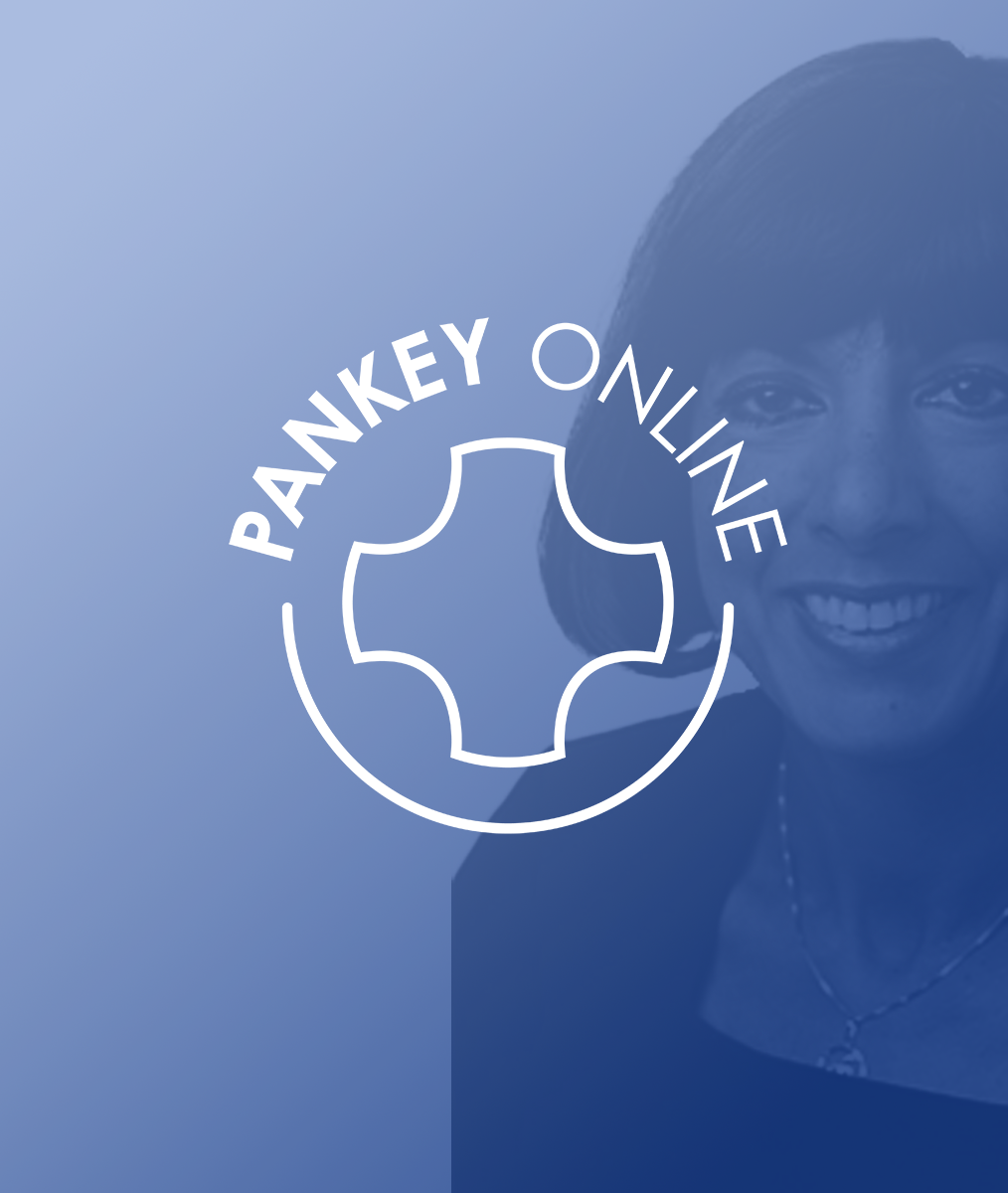As I watched the pandemic unfold from my vantage point in New Jersey, somehow the innocence of a child passed through my mind as I thought, “That won’t happen here.” As the pandemic got a death grip on the New York Metro area, the stark reality of “It happened here” came into full view. At first, we spread the patient visits with gaps for safety and eventually just closed our doors except for emergencies. As the weeks have turned into months, the economic impact and the sense of isolation has started to metamorphosize into a NEW reality. The phrase of “epic proportions” and “uncharted territory” were thrown around on every news cast.
Is this journey really uncharted?
Are we really cast to a horizonless sea? Haven’t we been preparing for this type of event through our education, study clubs, reading, and conversations within the community we call the “Pankey Family?” These examples come to mind:
After reading Gene D. Cohen’s book The Mature Mind, I learned that I’m resilient. I survived the big “C”, a 300-year flood in Havasu Falls, and my wife’s health issues. I realize “I’ll be able to get through this.”
Through the Gallup’s Strengths Finder and the leadership program with Dr. Richard A. Green at Gallup, I learned that my strengths are Ideation, Strategic, Learner, Communication, and Maximizer. Today I trust that the ideas and strategy will come to me. I have leveraged the Strategic strength over and over again.
The book How to Think Like Leonardo DaVinci by Michael J. Gelb tells us that when DaVinci was faced with challenges such as these, he trusted the answers “would appear.” He trusted the challenges would “seed the unconscious” to find a solution.
Waiting for the Unconscious…
While waiting for solutions to challenges, I’ve learned to free my mind and spirit by “chopping wood and carrying water”—TAO! So, when my practice closed normal operation, I went to Home Depot and bought paint…a LOT of paint. On day two I started painting my office. At first, I thought I would paint just the reception room, but as time went on, I had time to paint the entire office. I know myself, and I was doing all I could not to jump onto the “downward spiral” that I learned about in The Art of Possibilities: Transforming Professional and Personal Life by Zander and Zander.
Staying in Community
As the weeks went by the first solution to pop up was creation of a protocol for dealing with virus containment. If a patient did need to come in for emergency care, I needed to have a strategy. Joan Untershuetz and Denny Byrne presented new information last year at their Inspired Facilitation workshop about how the brain needs community. So, I formed a Zoom account and started weekly team meetings. We discussed what we were each doing to stay safe. This piqued my curiosity to wonder what patients were doing to stay safe and could they help me develop a protocol that would help them feel safe?
I recalled Dr. Irwin M. Becker lecturing in C1 on first steps to integrating this new way of practicing. He challenged us to select patients that trusted us already, and he called them “friends of the practice.” I asked my current team to list those they consider to be friends of the practice—those who put smiles on our faces when we see them on the schedule. The list was formed. The ball started to roll. I facilitated my first ever Patient Focus Group and asked two simple questions:
What have you been doing to keep your home safe from Covid-19?
What would you need to know in advance of an office visit in order to feel safe?
New Dimensions of Individualized Care
The focus group responses helped me understand that the protocols they were following at home ran the gamut from washing hands and taking off shoes to something resembling a chip manufacturing plant. I realized that individualizing the protocol could be another level of “values-based relationship-driven” individualized care. I learned that my patients had high trust in my ability to forage through the regulations and come up with a safe protocol, and they thought it would help them to know the what, how, and whys before they came to the office.
Thanks go to several colleagues who helped by reviewing and critiquing my office protocols as they developed. Much thanks to Joan Untershuetz, Richard Green, Rolando Cibischino, Christine Shagaki and Dennis Stiles for letting me bounce ideas off of them and for their in-depth critiques.
Something else I did to stay in face-to-face contact with patients was to implement a form of “teledentistry.” After watching a presentation by Laurie Owens from DevDent at one of the ACT Dental CE online CE days, I set up an account with Doxy.me and now have regular telehealth hours. I get a push notice when someone is in the “waiting room” to have a tele-dialogue.
A Journey? Yes…Uncharted? No
There are boundless opportunities to put our best Pankey training to masterful use. We were all taught to slow the practice down and be more intentional. We were taught about personality styles and values. Open dialogue and full transparency can be the threads we hold with our patients to deeper levels of trust and appreciation. I feel poised and ready to bring my best self forward in these times that hold endless possibilities for values-based, relationship-driven, uniquely individualized care.















